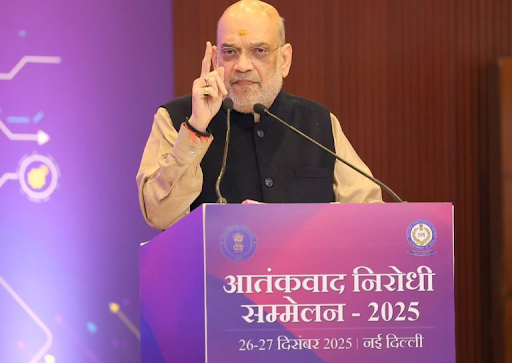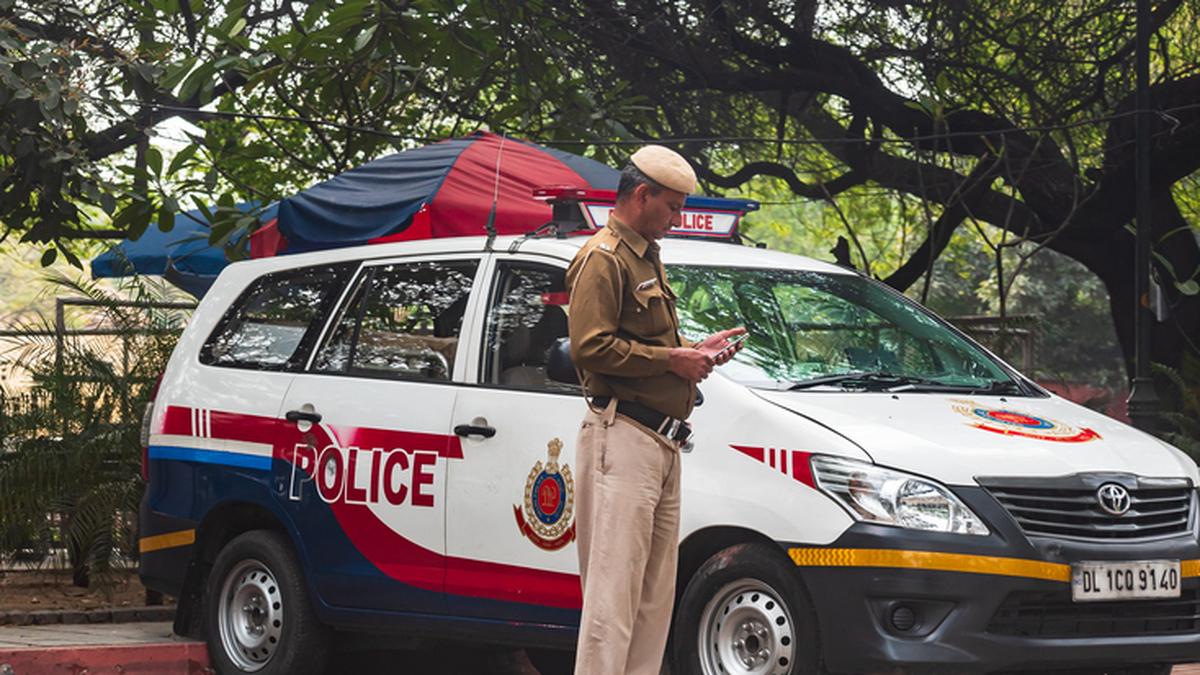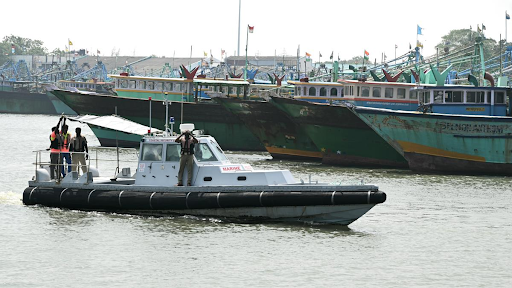




Source: INDIANEXPRESS
Disclaimer: Copyright infringement not intended.
India’s strike appears to be a tit-for-tat retaliation for Pakistan’s attempt to target military installations in Northern and Western India. India claims its own Integrated Air Defence System successfully intercepted drones and missiles and followed up with Offensive Counter-Air operations.
Air defence systems are critical components of a nation’s military that detect, track and intercept aerial threats such as fighter aircraft, drones, missiles and helicopters.
In modern warfare, air superiority—the ability to control the skies—is essential for success.
Air defence involves three interconnected stages, coordinated via C3 systems (Command, Control, Communication):
|
Stage |
Function |
|
Detection |
Use of radars and satellites to identify aerial threats at long distances. |
|
Tracking |
Constant monitoring of the threat's speed, path, and identity. |
|
Interception |
Deployment of weapons to destroy or disable the aerial threat. |
Radar and Detection Systems
Radar transmits radio waves that bounce off aerial objects.
Returns are analysed to determine:
Distance
Speed
Direction
Type of object (missile, aircraft, drone)
Satellites help in high-altitude or long-range detection (e.g., ICBMs).
Tracking Systems
Use infrared sensors, laser rangefinders and advanced radar arrays.
Crucial in crowded skies to distinguish between friend and foe.
Must maintain high accuracy to avoid false engagements.
Interception Systems
Actual destruction or disabling of aerial threats.
Interception options depend on range, speed, and nature of the threat.
|
System |
Role and Examples |
|
Fighter Aircraft (Interceptors) |
Quick-response aircraft like MiG-21 Bison, Rafale, Tejas used for air-to-air combat. |
|
Surface-to-Air Missiles (SAMs) |
Backbone of modern ADS. Includes Akash (India), Barak (India-Israel), S-400 (Russia). |
|
Anti-Aircraft Artillery (AAA) |
Rapid-fire ground guns; used for low-altitude threats or as last-ditch defence. |
|
Electronic Warfare (EW) |
Jamming and disrupting enemy radar, drones or missile guidance (e.g., radar jammers, decoys). |
|
Category |
Function |
Example |
|
Long-range |
Destroy threats hundreds of km away |
S-400, Barak ER |
|
Medium-range |
50–100 km range, quick deployment |
Akash, Barak-8 |
|
Short-range |
Immediate proximity defence, often man-portable (MANPADS) |
Igla (Russia), Very Short Range Systems |
|
System |
Type |
Origin |
Function |
|
Akash |
Medium-range SAM |
Indigenous |
Mobile air defence, up to 25 km |
|
Barak-8 |
Medium-to-long range |
India-Israel |
Naval and land-based interception |
|
S-400 |
Long-range SAM |
Russia |
Can intercept aircraft/missiles up to 400 km |
|
Igla-S |
MANPADS |
Russia |
Shoulder-fired SAM for low-altitude threats |
Doesn’t require physical destruction.
Jams or deceives enemy radars, missiles and drones.
Protects key installations and supports offensive air operations.
SEAD – Suppression of Enemy Air Defences
India’s recent strikes in Lahore and elsewhere fall under this doctrine.
SEAD operations use:
Missiles e.g., HAROP loitering munitions
Drones
EW systems
Precision airstrikes
Purpose: Disable enemy radars and missile systems to allow safe access for follow-up aerial missions.
To neutralise an air defence system means to render it ineffective—either by:
Physically destroying its key components (like radar stations, missile launchers, or command centres),
Jamming or blinding its sensors and radars using electronic warfare,
Or cyberattacks that disrupt the functioning of its targeting and detection capabilities.
This action reduces or eliminates the enemy’s ability to detect, track, and shoot down incoming aircraft, missiles, or drones.
|
Type |
Description |
Example |
|
Active Defence (A-DCA) |
Shoot down enemy threats with radars and SAMs |
India intercepting Pakistani drones |
|
Passive Defence (P-DCA) |
Minimise damage: bunkers, camouflage, redundancy |
Fortified military bunkers or underground command centres |
|
Offensive Counter Air (OCA) |
Destroy enemy’s ability to strike |
India destroying Lahore’s air defence system |
Sources:
|
PRACTICE QUESTION Q. Discuss the strategic significance of neutralising air defence systems in modern warfare. How do such actions fit into the broader framework of India’s counter-air and deterrence strategies? 250 Words. |





© 2026 iasgyan. All right reserved